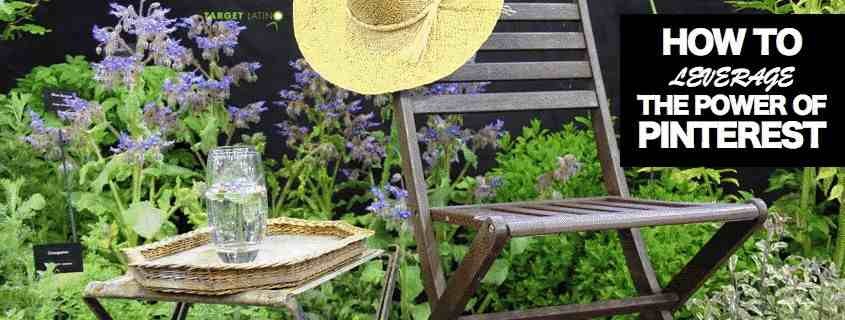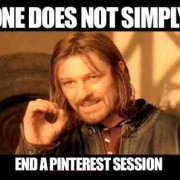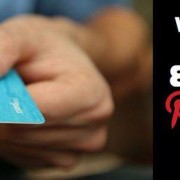Reverse Showrooming to the Power of Pinterest
41% of customers do reverse show rooming. Read on to find out how to leverage the power of Pinterest to drive more traffic to stores with intent to buy.
What is Showrooming?
Showrooming is a relatively new way of buying products where customers first visit a physical store to examine and/or evaluate the product that is then purchased online.
The consequent loss of sales due to showrooming worries brick and mortar store owners and with good reason. Not only do they lose sales to online stores but they have to face infrastructure and maintenance costs, salaries and inventory costs, among others.
Truth is, only 26% of customers do showrooming while 41% does reverse showrooming. That is, they search and evaluate products online and then make the purchase at a physical store.
How can we take advantage of reverse showrooming, then, to drive more traffic to the stores with intent to buy?

Leverage reverse showrooming with chocolate images on Pinterest instead of a Chocolate ad – Who can resist?
Fighting Showrooming
We know that images on Pinterest are able to sell ideas like an ideal lifestyle, the perfect garden decor, the fantastic recipe for Monday dinners, all without the need to add heavy and burdensome advertising messages that may sometimes backfire. Therefore, consumers, free from these external influences, feel more at ease and feel free to choose what they most desire. Implicitly then, the communication barriers are low and the consumer’s attention is at its peak. Ideal, right?
According to a Harvard Business Review (HBR) study, one out of five or 21% of Pinterest users has bought a product at a store after pinning or repinning or marked it as favorite on their boards. Furthermore, when a Pinterest user is younger than 35 years old, this percentage increases to 36%.
One out of three users buys at a physical store after having added the product or idea to his Pinterest boards.
For more on taking advantage of Pinterest for your business:
Pinterest Search by Interests, a Google contender?
Discover Your Brand’s Best Times to Post to Pinterest
Kellogg’s Pinterest marketing strategy analysis
Reverse Showrooming to the power of Pinterest
Another interesting Pinterest advantage is that 70% of the sharing and adding activity on this Visual Search Engine is carried by the users and not by the brands, as reported by Digitas. This makes Pinterest stand out in a very positive way against all other social networks.
The HBR study corroborates this data. Moreover reports that 19% of the Pinterest generated purchases were originally discovered by something shared by a friend, 24% of them by something shared by a stranger, 10% by a search performed on Pinterest and 7% by something found on the brand’s Pinterest boards.
Another piece of the equation that tends not to be considered by these studies is that Pinterest boards get indexed by Search Engines and usually show up amongst the first results thus generating additional exposure to the pins.
Of course, one cannot expect to just add a few pretty pictures on Pinterest and then forget about them. Timely follow-through is key, especially when there is a sizable purchase amount, as is the case with electronics and cars, given that these users make the purchase between the first and third weeks after selecting the Pin.
I suggest initiating a conversation with these possible buyers during that crucial period by reaching out and asking them if they need more information or just by thanking them for sharing your Pin.
Let’s take advantage of Pinterest to fight show rooming. So, why not begin these efforts by creating a board inspired on Hispanic Heritage Month?
The version in Spanish of this article can be read at Abasto Magazine Page 42 of the Printed Edition. Havi Goffan is a contributor on the topic of Pinterest for Abasto Magazine.














Trackbacks & Pingbacks
[…] to consider it, particularly if you are in ecommerce. Although, as I have already made clear on “Reverse Showrooming to the Power of Pinterest,” brick and mortar stores are not exempt from leveraging Pinterest’s tremendous traffic and […]
[…] 10/20/2014/0 Comments/in Pinterest /by Havi Goffan Best Halloween Ads: Trick or Treat? Reverse Showrooming to the Power of Pinterest […]
Leave a Reply
Want to join the discussion?Feel free to contribute!